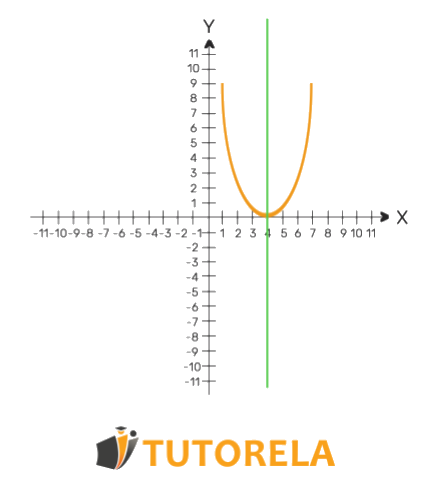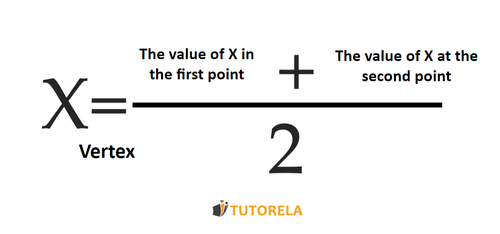Given the expression of the quadratic function
Finding the symmetry point of the function
f(x)=−5x2+10
To solve this problem, we'll follow these steps:
- Step 1: Identify the coefficients a, b, and c from the quadratic function.
- Step 2: Apply the vertex formula to find the x-coordinate of the symmetry point.
- Step 3: Substitute the x-coordinate back into f(x) to find the y-coordinate of the vertex.
- Step 4: Conclude the symmetry point as the vertex, (x,f(x)).
Now, let's work through each step:
Step 1: The quadratic function is f(x)=−5x2+10. The coefficients are a=−5, b=0, and c=10.
Step 2: Applying the vertex formula x=−2ab, we have:
x=−2(−5)0=0.
Step 3: Substitute x=0 back into the function:
f(0)=−5(0)2+10=10.
Step 4: Therefore, the vertex and symmetry point of the function is (0,10).
The correct choice from the given options is (0,10).
Therefore, the solution to the problem is (0,10).











